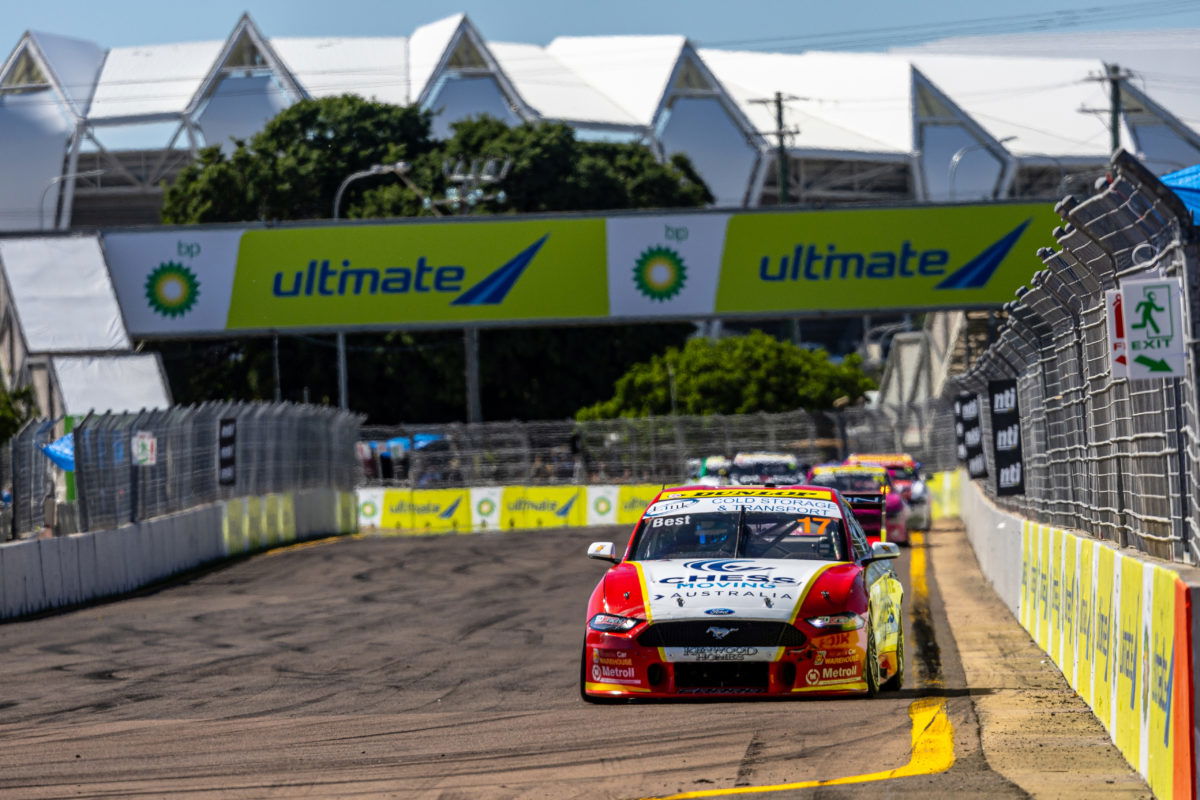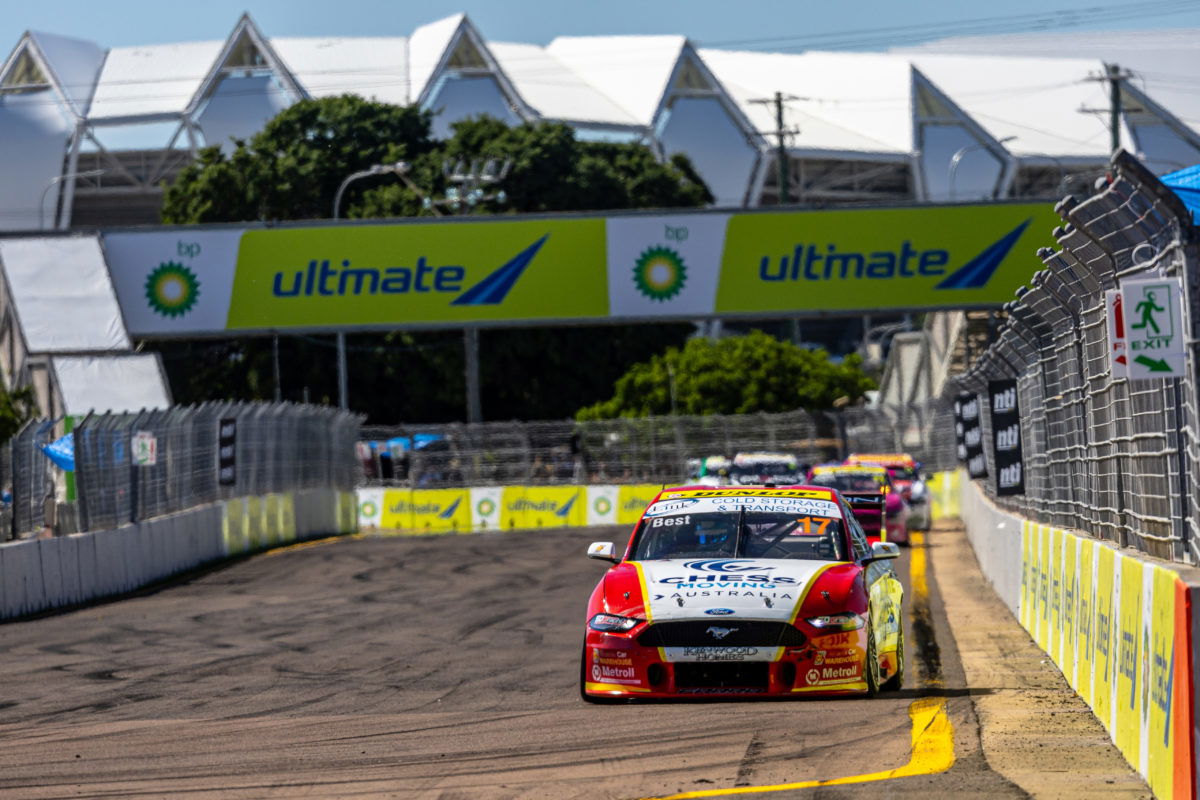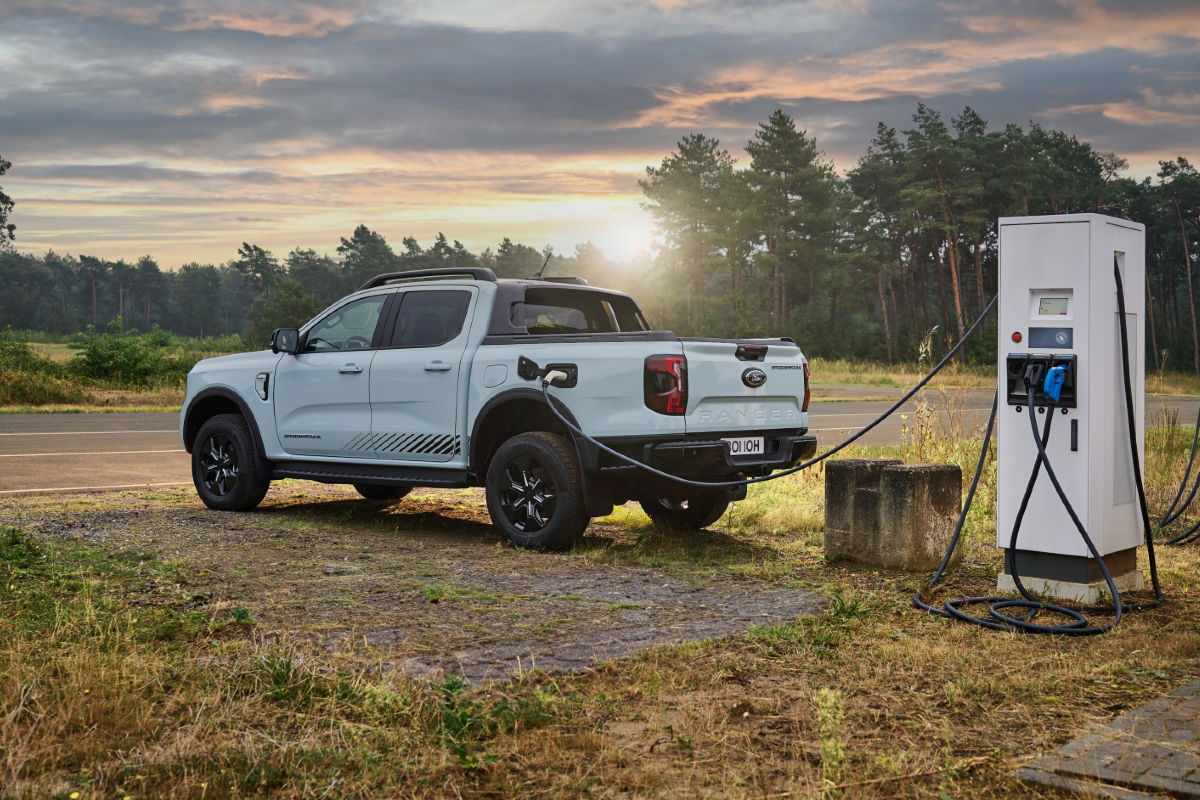

Supercars is set to meet with Dunlop Super2 Series teams tomorrow amid a backlash over a plan to change to E75 fuel midway through the season.
The change is supposed to take effect at the next round on the calendar, at Sandown, with many competitors having gripes over the sizeable cost, workload, and what they claim is relatively short notice.
They argue that the switch would be best done in the next off-season, rather than after three rounds of a six-round campaign.
An online meeting is set to be held with competitors tomorrow afternoon, although whether that is to attempt to calm concerns, postpone the idea, or otherwise, is not known.
In that case, though, every team was fielding brand-new race cars anyway, and their engines had been tuned to run on either blend.
That is not the case for Super2 competitors, who have themselves already spent as much as half a million dollars on a Gen2 car in order to compete this season despite having far lower budgets.
Estimates of the total cost to cover the changeover are anywhere in the range of $10,000 to $20,000 per car, according to competitors, although the real figure will depend on what the changeover actually entails.
There are also a number of unanswered questions about how certain hardware would handle E75.
The absolutely unavoidable expense is a new ‘fire bomb’ system (more formally, ‘fire suppression’ system), the cost of which is “approximately” $2700 plus GST, according to an email to teams on June 30, although that figure could move depending on air freight costs.
Some competitors have also raised concerns that engines would have to be dyno tuned for the new blend.
That is an exercise which would be a not particularly expensive or laborious one across the field at Championship level given there are only two engine/map combinations (one Chevrolet, one Ford) at any given time.
On the other hand, Super2 operates to Car of the Future/Gen2 rules whereby there are motors from KRE Race Engines, Walkinshaw Racing, Herrod Performance, Tickford Racing, and more in the field.
Re-tuning motors would create extra work for Gen3 suppliers KRE and Herrod at a time when Championship teams are starting to return their engines for routine rebuilds.
However, one engine expert advised Speedcafe that, based on their experience, there would be no noticeable power difference and perhaps a slight driveability difference.
The latter, they claim, could be addressed with an in-session map change in “two minutes” at the race track, a freedom which is not allowed under Gen3 rules but remains a possibility with COTF/Gen2. No re-tune, they say, would be necessary.
The other major gripe from teams is the sheer workload of the exercise, with it said that the new fire bomb also needs new plumbing, requiring the engine to be removed to do so, as well as modifying the wiring loom and changing plugs.
There are also unanswered questions over whether or not the existing fuel cell bladders would be able to handle E75, noting that it is understood that the reason for the Championship field hastily switching fuel rig hoses for Newcastle was because the new blend corroded the original specification.
Furthermore, it has also been claimed to Speedcafe that new mounts will need to be made for the passenger ride seats because of the new fire bomb, and teams which wish to maximise their competitiveness would have to test again before Sandown when they may not have otherwise planned to do so, although that presumes a new dyno tune is necessary.
According to Speedcafe sources, the reason for the change is the commercial agreement with BP, which has branding rights for the E75 already used at Championship level.
While distributor Racefuels is carrying E85 for other categories, Supercars wants Super2 (including the Super3 class) to match the top flight.
According to the aforementioned email, E75 was “Originally scheduled for the start of the [Super2] Season but due to various factors it was unfortunately delayed until further notice,” although teams contacted by Speedcafe dispute having heard of the idea before June 30, or at least before they heard whispers just prior to that communication.
The new fire bomb, referred to as the ‘Zero 275 Larger Bottle and Fitting Kit’, was to have been ordered through CoolDrive last Friday, July 14.
A follow-up email sent from Supercars’ Motorsport department to Super2 teams that morning states, “To date Cooldrive have only received 1 team order.”
One team owner cynically pointed out to Speedcafe that a single order matches the number of cars which the Blanchards, who own CoolDrive, field in Super2, although the identity of the entrant who placed that order is not known.
It may also be the case that teams which also compete in the Championship are currently carrying spares of the E75-grade fire bomb, although that accounts for no more than eight Super2 entries.
Aside from the costs now, the prevalence of leased cars in the field presents a further issue, with the question of whether the competitor or the vehicle owner (if different) should stump up the cash.
As for the exact formulation of the new E75 fuel, it had been a closely guarded secret before Speedcafe revealed what makes up the mixture, including a new source for the ethanol component.
This would not be the first time that segments of the Australian motorsport industry have had to pay for new systems due to a change in fuel, with state and club racers being hit with a significant bill when leaded fuel was banned.
In the Super2 case, competitors argue that the switch should at least be done at the end of the season, saving them the hassle and expense now.
Supercars did not respond to Speedcafe’s enquiries before time of publication.
The Sandown Super2 round, which supports the Supercars Championship’s first enduro race of the season, takes place on September 15-17.





















Discussion about this post